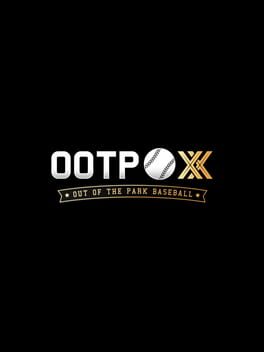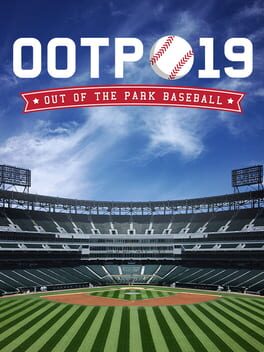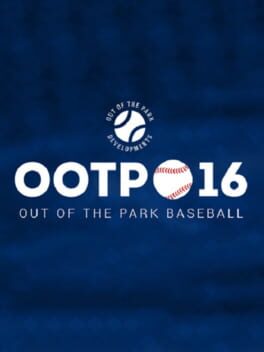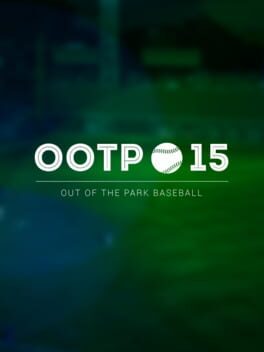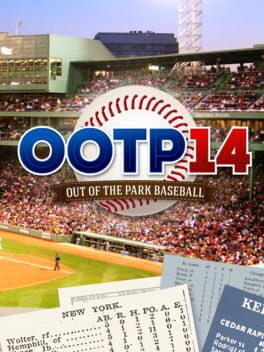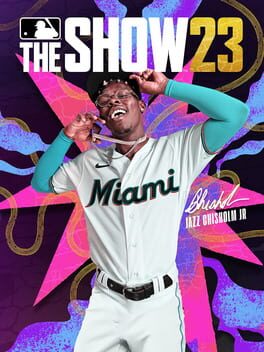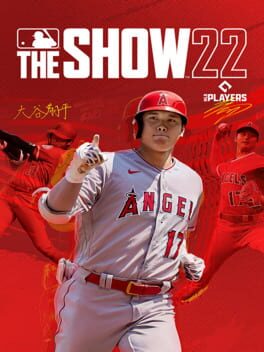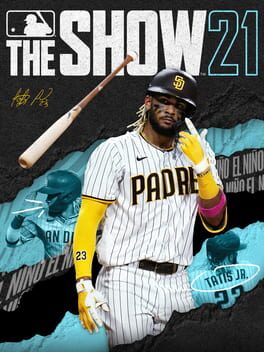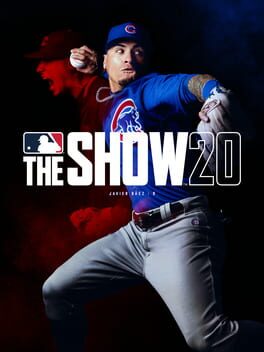RookTakesPawn
While the original Final Fantasy VII focused on themes of grief and permanent loss, both personal and environmental, physical and mental, Rebirth continues the themes prevalent within Remake. Remake took a classic, modernized it, and then told the audience to embrace the freedom of an untold story with your favorite characters. Driven by themes of the present defining who you are no matter age or social status, and believing that the future ("Fate") can be changed, Remake was bold and brash - even using its name as a playful smirk towards player expectations. And while I had come to terms with the Remake series' failure to follow in the narrative footsteps of its progenitor - and how that undermines a lot of the world building with the lifestream and the calamity that faced the world in the OG - the resulting narrative attempted in Rebirth surprised me in how it didn't deviate from the original.
Ideally, Rebirth would have embraced the freedom Remake granted it. The story it began to tell during the Rebirth Junon parade was tantalizing. But, instead, Rebirth went back to explore the original's same stories of regret and grief ever prevalent with Barrett, Tifa, Aerith, Red XIII, Yuffie, and even slight hints with Cid and Vincent. On their own, these stories are good; in a game about letting go and embracing that we have one world to live in so make the most of it, it works fantastic; with a narrative where death is just a trip down the rabbit hole? It grates. It grinds. Why can we change fate now and not back then? For this character but not that character? Like at the end of Remake, we are left to ponder still if the script and story still to be told will make this journey all worth it.
It doesn't help that these story-heavy sections are broken up by huge open-world-heavy sections. Characters are built up with dramatic tension and importance only to disappear for 30-50 hours; other characters appear randomly and seemingly just to fulfill the purpose of a "boss" without any development or finality. Incredible character moments are locked behind side quests and mini-games. There are no fully realized character arcs, conclusions, or clarity of purpose reached (except for Barrett); everything here is in flux and designed to move characters from Remake to the eventual third and final chapter.
And yet, I can't help but love these main characters, their motivations, banter, musical leitmotifs, and friendship. The genre-best gameplay. The superb soundtrack (until Gongaga, at least). The small moments that make the game feel grounded despite the fantasy of it all (I cried during a side story about salt, damnit). Even the mini-games brought back that 1997 feeling of picking up a random game from the video store, full of rough edges and sometimes surprising difficulty or depth.
As I finished this game and realized that a seemingly major component of the game required me to level grind in New Game+, I feel like I should hate how much time was just taken from me, how the story feels unsatisfying vague, and how the world/universe feels devoid of rules or meaning. And yet, I just keep thinking - what if? There is so much that is good in Rebirth, so much that is fun, to ponder, and to challenge how we might fight against the mega-corps, the greedy, the individuals who abuse power, science, and people. What if the third game delivers on the promise of these first two games? I suppose I'll just have to believe in the chance that this series will never let me go.
Ideally, Rebirth would have embraced the freedom Remake granted it. The story it began to tell during the Rebirth Junon parade was tantalizing. But, instead, Rebirth went back to explore the original's same stories of regret and grief ever prevalent with Barrett, Tifa, Aerith, Red XIII, Yuffie, and even slight hints with Cid and Vincent. On their own, these stories are good; in a game about letting go and embracing that we have one world to live in so make the most of it, it works fantastic; with a narrative where death is just a trip down the rabbit hole? It grates. It grinds. Why can we change fate now and not back then? For this character but not that character? Like at the end of Remake, we are left to ponder still if the script and story still to be told will make this journey all worth it.
It doesn't help that these story-heavy sections are broken up by huge open-world-heavy sections. Characters are built up with dramatic tension and importance only to disappear for 30-50 hours; other characters appear randomly and seemingly just to fulfill the purpose of a "boss" without any development or finality. Incredible character moments are locked behind side quests and mini-games. There are no fully realized character arcs, conclusions, or clarity of purpose reached (except for Barrett); everything here is in flux and designed to move characters from Remake to the eventual third and final chapter.
And yet, I can't help but love these main characters, their motivations, banter, musical leitmotifs, and friendship. The genre-best gameplay. The superb soundtrack (until Gongaga, at least). The small moments that make the game feel grounded despite the fantasy of it all (I cried during a side story about salt, damnit). Even the mini-games brought back that 1997 feeling of picking up a random game from the video store, full of rough edges and sometimes surprising difficulty or depth.
As I finished this game and realized that a seemingly major component of the game required me to level grind in New Game+, I feel like I should hate how much time was just taken from me, how the story feels unsatisfying vague, and how the world/universe feels devoid of rules or meaning. And yet, I just keep thinking - what if? There is so much that is good in Rebirth, so much that is fun, to ponder, and to challenge how we might fight against the mega-corps, the greedy, the individuals who abuse power, science, and people. What if the third game delivers on the promise of these first two games? I suppose I'll just have to believe in the chance that this series will never let me go.
20 is probably the pinnacle of OOTP during its 32-bit era. 21 made some improvements but really needed the jump to 64-bit. Additionally, 20 had much improved historical simulations and player attributes. It felt like the culmination of the various changes and improvements made since the game had obtained MLB, MiLB, and MLBPA licensing.
This year's entry added a challenge mode, essentially a hardcore mode to wean players off save scumming, and placed more emphasis on player personalities and chemistry.
Also, this was the year that started the Perfect Team mode, an online card collection team-building mode that probably led to lots of money but signaled a shift in focus for the series.
Also, this was the year that started the Perfect Team mode, an online card collection team-building mode that probably led to lots of money but signaled a shift in focus for the series.
2023
This year's edition added a mode focused on the history and moments of Negro League players, which was awesome, informative, and immersive. Also, scouting updates to Franchise and March to October modes, as well as the ability to do more than one season with the latter made both modes playable again for the first time in years.
However, the Diamond Dynasty mode was primarily ruined by 99's and moving away from immersion. This year, the mode started the season out with 99-rated players, essentially eliminating the power curve structure that had defined the mode since '19. This also devalued the current player collection as well as Team Affinity, which had been the mode's staples for developing a team. In other words, the long, fun grind of six months was removed and shortened to just a week or so. From the first month of the season on, the only massive improvements to a squad were expensive cards found in super-rare "Chase" packs, limiting the game to one for those willing to splash cash on stubs.
Also, this year seemed to over rely on new card types without any basis in historic accomplishment or statistic. The reliance on 99's also undermined a new change in the addition of "captains" who were specific player cards that would boost other player attributes depending on your DD team composition meeting certain conditions such as using players from the same team or same era. However, these cards didn't have much of an impact with the already over-powered 99's and some of the conditions for "captaincy" didn't make sense as some of the best captain cards were focused on arbitrary attribute points, where the boost was given to those with 99 instead of 98 durability. And with the shift to completely made-up player card types, whether a player had 99 instead of 98 in an attribute was completely at the whim of the development team and broke the immersion of the mode. You might as well have played a non-licensed fictional baseball game instead.
However, the Diamond Dynasty mode was primarily ruined by 99's and moving away from immersion. This year, the mode started the season out with 99-rated players, essentially eliminating the power curve structure that had defined the mode since '19. This also devalued the current player collection as well as Team Affinity, which had been the mode's staples for developing a team. In other words, the long, fun grind of six months was removed and shortened to just a week or so. From the first month of the season on, the only massive improvements to a squad were expensive cards found in super-rare "Chase" packs, limiting the game to one for those willing to splash cash on stubs.
Also, this year seemed to over rely on new card types without any basis in historic accomplishment or statistic. The reliance on 99's also undermined a new change in the addition of "captains" who were specific player cards that would boost other player attributes depending on your DD team composition meeting certain conditions such as using players from the same team or same era. However, these cards didn't have much of an impact with the already over-powered 99's and some of the conditions for "captaincy" didn't make sense as some of the best captain cards were focused on arbitrary attribute points, where the boost was given to those with 99 instead of 98 durability. And with the shift to completely made-up player card types, whether a player had 99 instead of 98 in an attribute was completely at the whim of the development team and broke the immersion of the mode. You might as well have played a non-licensed fictional baseball game instead.
2022
A step back this year as SDS engaged in less communication and gameplay updates as the year went along. This was also the year where the game didn't reflect the real-life sport as The Show didn't add a DH to Diamond Dynasty until the following year's game.
While 21 made a great addition with pinpoint pitching, people had mastered it by year's end, so 22 added some randomness to the pitch result. However, this made the gameplay worse as it made pitching more unpredictable and frustrating, and primarily rewarded online players who are better at hitting. 22 did add PCI anchoring, which was good, but ultimately still did not solve the "sinker" meta. Also, crossplay seemed to get worse as the season progressed - so much so that it only made sense to limit online games to those playing on the same console.
While 21 made a great addition with pinpoint pitching, people had mastered it by year's end, so 22 added some randomness to the pitch result. However, this made the gameplay worse as it made pitching more unpredictable and frustrating, and primarily rewarded online players who are better at hitting. 22 did add PCI anchoring, which was good, but ultimately still did not solve the "sinker" meta. Also, crossplay seemed to get worse as the season progressed - so much so that it only made sense to limit online games to those playing on the same console.
2021
This is a tough one to review because the gameplay was really good this year but the addition of time-limited programs to Diamond Dynasty and glut of moments and conquest missions really started to bog down the mode. Plus, this was the first year of the new Ballplayer mode which replaced the widely revered Road to the Show mode that had been in place since '06. Ballplayer had a lot of issues out of the gate as it now required players to be online when playing the mode, loadouts couldn't be changed between games when playing through a series, and missions would frequently stop tracking for no reason.
If you kept it simple this year and just played baseball, you probably had a good time.
If you kept it simple this year and just played baseball, you probably had a good time.
2016
2020
The end of an era for Road to the Show fans.
This year was more of the same, which was still pretty good, but your opinion on whether this one was better than 19 may depend on whether you liked the new Showdown mode within Diamond Dynasty. This was also the pinnacle of pre-pinpoint pitching gameplay.
This year was more of the same, which was still pretty good, but your opinion on whether this one was better than 19 may depend on whether you liked the new Showdown mode within Diamond Dynasty. This was also the pinnacle of pre-pinpoint pitching gameplay.
2019
A return to form after an awful outing in 18 - MLB The Show 19 added March to October, moments, and personality archetypes to Road to the Show. Diamond Dynasty was excellent this year with a focus on the XP reward path, which rewarded you with great cards to play with even if you didn't want to engage with online matches or the mode as a whole. This provided an excellent onboarding ramp for those curious about trying out the mode and encouraged continued play for those that liked the mode already.
2018
The worst year for Diamond Dynasty as you were primarily collecting hats and bobbleheads instead of player baseball cards to then do massive stat grinding for a small selection of overpowered players. Lineup diversity, content, and fun were at all-time low for the series. That said, at least you could play the same old Road to the Show mode instead.


